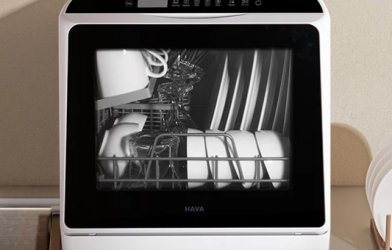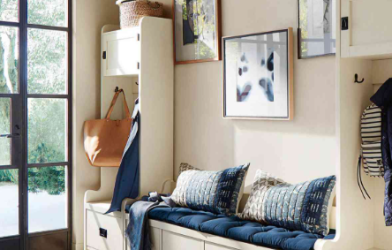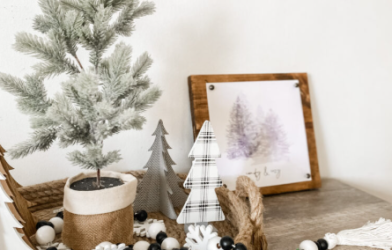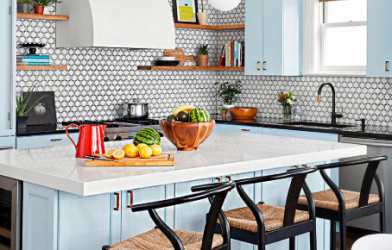Subtotal $0.00
If you’re looking to update your bathroom vanity with a fresh coat of paint, you’re in the right place! This DIY project is a great way to give your bathroom a new look without spending a fortune. I recently painted my kids’ bathroom vanity, and after eight years of painting kitchen cabinets, I’ve learned a lot about what works and what doesn’t. Here’s how I transformed the space, from start to finish, with a process that ensures durability, especially in high-traffic areas like the bathroom.
Step 1: Gather Your Supplies
Before diving into the actual painting, gather all the necessary supplies. You’ll need:
- Benjamin Moore Advanced Paint (ideal for cabinets as it dries to a rock-hard finish)
- TSP cleaner or degreaser to prep the surfaces
- Primer (I used Kilz for excellent adhesion)
- Sanding block to smooth surfaces
- Tack cloths to wipe away dust
- Angled paint brush (make sure it’s a good one!)
- Small foam roller for smooth, even coats
Optional but helpful: A bit of wine to keep things enjoyable as you work!
Step 2: Remove the Cabinets
It might be tempting to paint the cabinets while they’re still attached, but trust me—removing them will save you time and frustration. Laying the doors flat allows you to apply paint evenly, without worrying about drips.
Step 3: Clean the Cabinets Thoroughly
A clean surface is key for a lasting finish. Use your cleaner to thoroughly remove any grease or grime, ensuring the paint will adhere properly.
Step 4: Sand the Cabinets Lightly
Use a sanding block to give the cabinet surfaces a light scuff. This doesn’t need to be too aggressive, just enough to create a surface that the primer can grip onto.
Step 5: Wipe Down the Cabinets
Use a tack cloth to remove all sanding dust and debris. Any leftover dust will affect the smoothness of the paint, so take your time here.
Step 6: Apply Primer
Now it’s time to prime! Start with the backs of the cabinet doors and use a brush for the edges and details. Afterward, roll the rest of the surfaces with a foam roller. Painting the backs first is a strategic move in case of any mistakes—no one will see them! Let the primer dry before moving to the next step.
Step 7: Apply a Second Coat of Primer (Optional)
If you feel the need for a second coat of primer, go for it. Just be sure to lightly sand the surface first, then clean off any dust before applying the next coat.
Step 8: Start Painting
It’s time for the fun part! Start by painting the backs of the doors again using a brush for detailed areas and a roller for larger, flat surfaces. Apply the paint in light coats, ensuring there are no drips. Let the first coat dry for 6 hours.
Step 9: Apply a Second Coat of Paint
Once the first coat is dry, lightly sand the surface again to ensure a smooth finish, then clean with a tack cloth. Apply a second coat of paint, repeating the same process as before. Be sure to check for drips, especially on the edges. When you’re done, let the paint dry for at least 16 hours before reassembling.
Step 10: Let the Cabinets Cure
This step is crucial. The paint needs time to cure, and while it might feel dry to the touch within 6 hours, you’ll need to wait a few days before handling the cabinets or reattaching them. The full curing process can take a few weeks, so take care during this time.
Final Touches: Install the New Hardware
Once the cabinets are dry and cured, reassemble them and install new hardware if desired. I personally like to spray-paint the existing hardware for a fresh look, which saves time and money.
Tips for a Successful Paint Job:
- Clean your cabinets thoroughly before you start—kitchen cabinets especially tend to be greasy.
- Work in manageable sections, especially if you’re doing a whole room. I recommend starting with the lower cabinets first.
- Don’t rush the process. Take your time between coats to ensure smooth and flawless results.
- If you’re unsure about using a sprayer for an even finish, follow the same steps above with a foam roller and brush. However, a sprayer can achieve a professional-level smoothness if you’re comfortable using one.
Transforming your bathroom cabinets with paint is a fantastic way to refresh the space. With the right prep work and patience, you’ll have cabinets that last for years.











